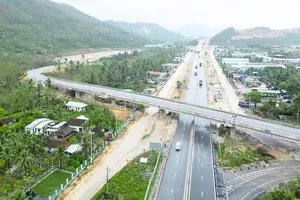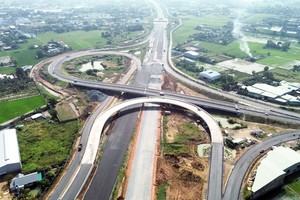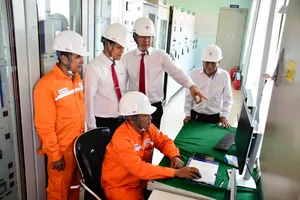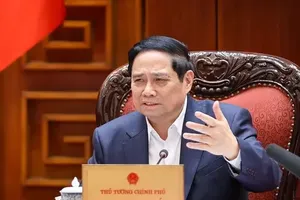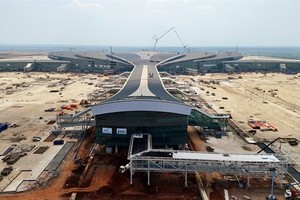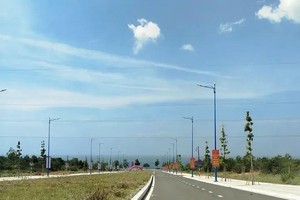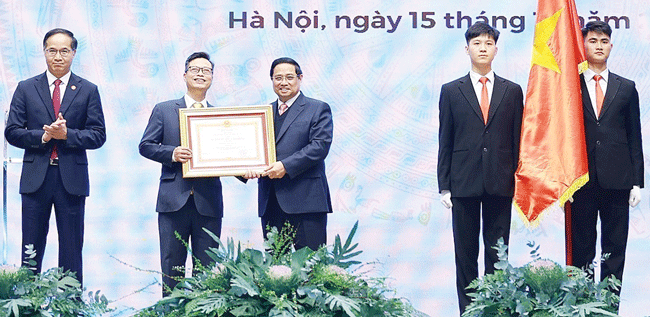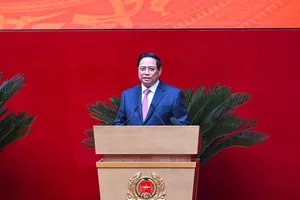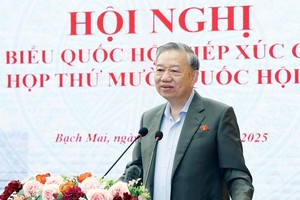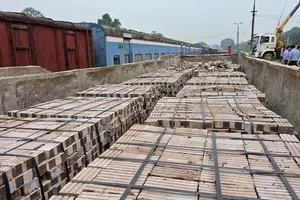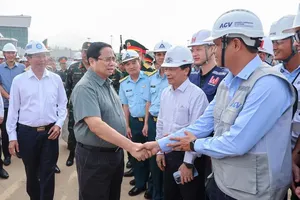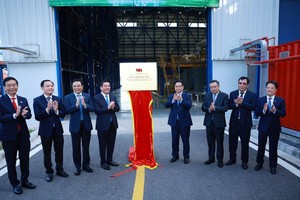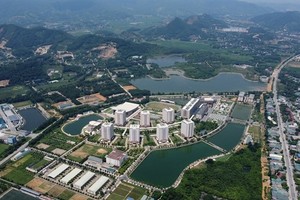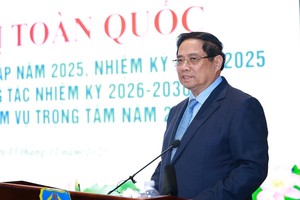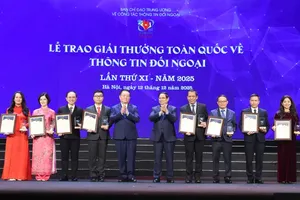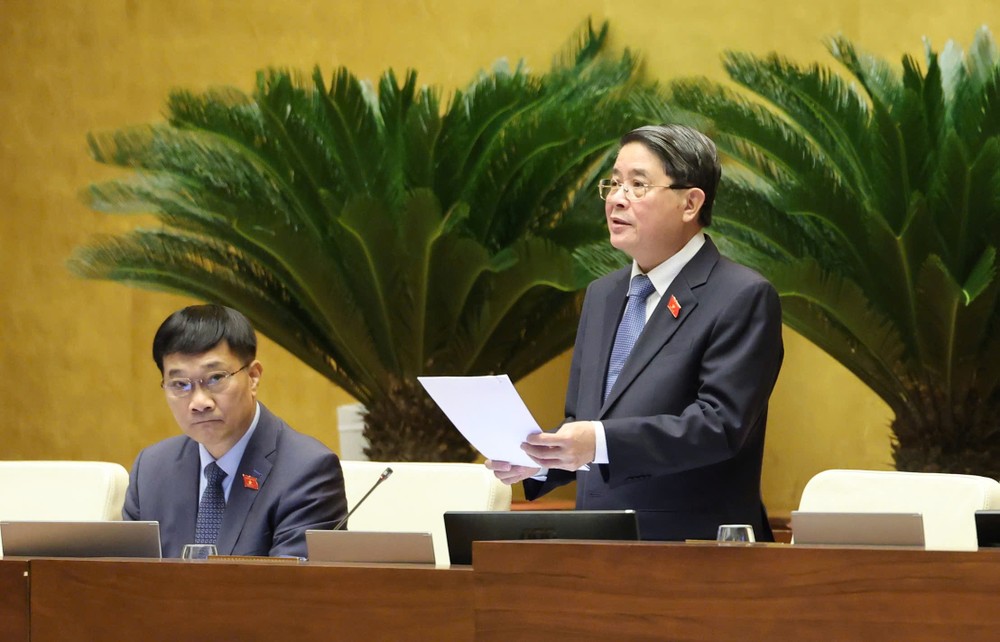
Public investment must lead, not replace private sector
Opening the discussion, Deputy Tran Hoang Ngan (HCMC) acknowledged the nation’s recent development achievements, emphasizing the significant role of fiscal and monetary policies and effective economic management.
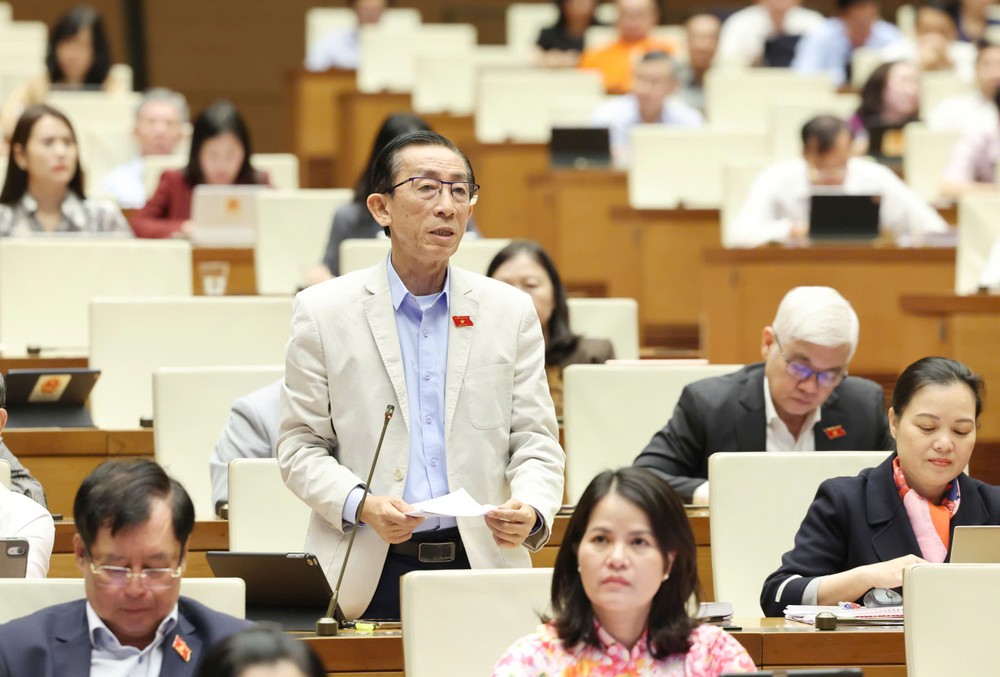
According to Deputy Tran Hoang Ngan, in 2025, total budget revenue is expected to rise by 21.5 percent, enabling the Government to boost development investment spending by 29.7 percent. Over the 2021–2025 period, total State budget revenue is projected to increase by 15 percent compared with the original estimate, while total expenditure will edge up only 6 percent. Development investment spending will grow by 26 percent compared to the previous five-year plan, whereas recurrent spending has fallen by 2 percent—a positive sign. The budget deficit has been reduced by VND282.5 trillion over the past five years, and public debt has declined to 36 percent of GDP, creating fiscal space for the next term and for future generations.
Mr. Tran Hoang Ngan, however, expressed concern over the efficiency of public investment, calling it a critical driver of economic growth. “The Government reported that all five public investment targets for the 2021–2025 period have been met, but in my view, only four out of five have actually been achieved,” he noted.
The unfulfilled target, he explained, is the proportion of public investment in total social investment, which stands at 18.5 percent—higher than the intended range of 16 to 17 percent. “By nature, public investment should be a guiding force. The higher-than-planned share of public investment indicates that private and social investment in infrastructure have not yet reached the expected level,” he emphasized.
Highlighting the substantial capital needs for the 2026–2030 period, Deputy Tran Hoang Ngan underscored the importance of assessing the economy’s absorption capacity, the macroeconomic impacts, and debt repayment ability—both domestic and external. He called for a clear prioritization of investment projects, more flexible institutions to encourage stronger performance among State-owned enterprises, and a comprehensive review of public assets and land to ease fiscal pressure.
Sharing similar views, Deputy Ha Sy Dong (Quang Tri) argued that the current fiscal structure remains unsustainable. He noted that recent revenue increases have largely stemmed from temporary factors rather than long-term growth drivers.
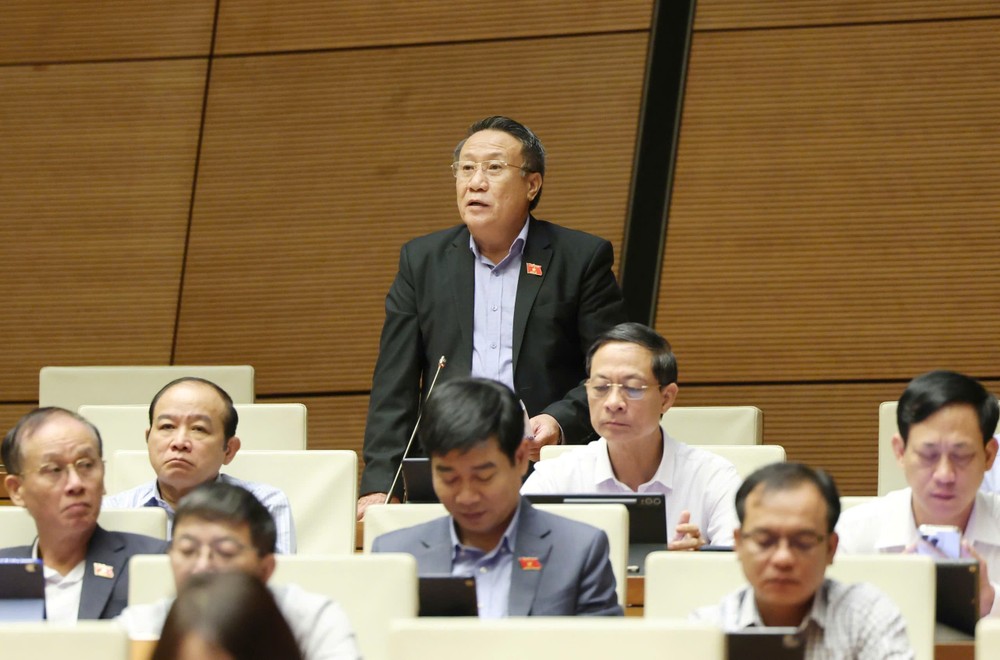
New revenue sources from the digital economy, e-commerce, and cross-border services remain underutilized; proceeds from state divestment and equitization are still low, while recurrent spending continues to account for a large proportion of total expenditures. The current 10-percent reduction in recurrent spending, he added, mainly comes from cutting tasks rather than technological innovation, process reform, or organizational streamlining.
“It is necessary to shift the focus from revenue expansion to building a sustainable revenue base through tax policy reform, improved tax administration, and better prevention of tax evasion—thereby fostering long-term sources of revenue,” he proposed.
On public investment, Deputy Ha Sy Dong stressed that in the 2026–2030 period, “efficient public investment” should be treated as a strategic pillar. “The Government needs to review and restructure the investment portfolio toward greater focus and selectivity, prioritizing projects with regional spillover effects, especially those related to strategic infrastructure, climate change adaptation, and digital infrastructure. Public investment must truly serve as a catalyst to mobilize social capital, not a substitute for private investment,” he said.
Institutional reform needed for HCMC to match its megacity status
Deputy Pham Trong Nhan pointed out that the biggest paradox hindering HCMC’s development lies in the mismatch between its responsibilities and its administrative tools.
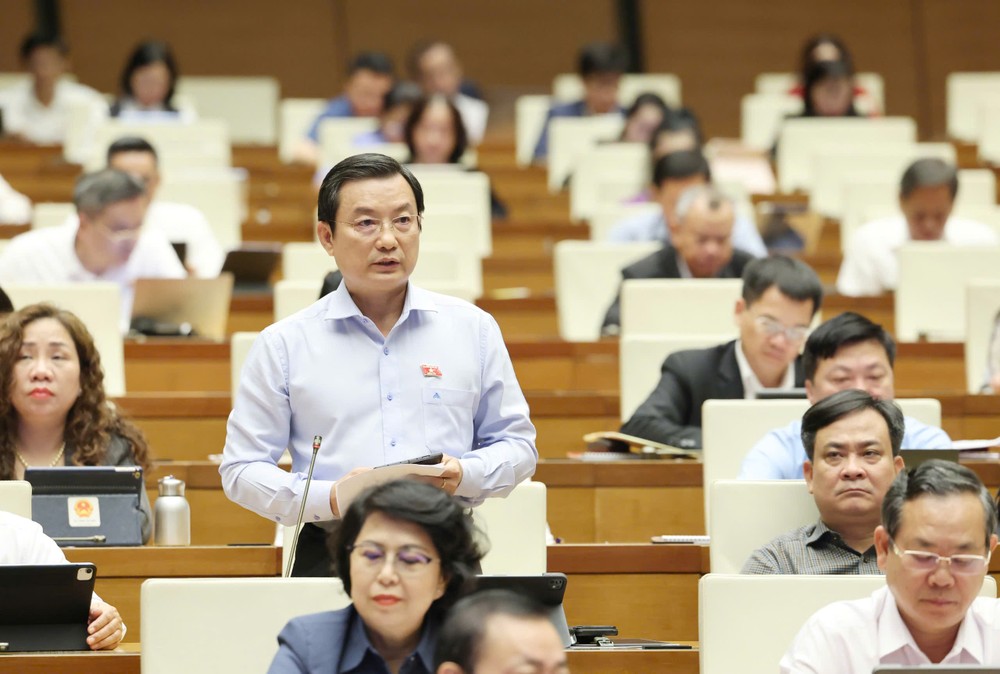
Despite having an economy comparable to that of a small nation, contributing nearly one-fourth of Vietnam’s GDP and one-third of national budget revenue—with a GRDP surpassing that of several regional countries—the city remains constrained by a “provincial-level institutional framework” that no longer fits its scale as a megacity with a multi-centered urban structure.
“If this paradox is not resolved, reforms will remain stuck at the threshold, and what is meant to be a pilot mechanism could itself become a barrier to institutional reform,” he warned.
According to Deputy Pham Trong Nhan, to achieve annual growth of 10 to 11 percent in the 2030 period, HCMC will need to mobilize about VND8 quadrillion in social investment. To reach this target, institutional autonomy is paramount.
“I earnestly urge the National Assembly to initiate the drafting of a Special Urban Law for HCMC. This legal framework would expand the city’s revenue sources, enhance public investment capacity, and reduce the burden on the central government,” he stated, expressing confidence that if granted appropriate institutional authority, HCMC would not only break through its own limits but also become a driving force for national development.
